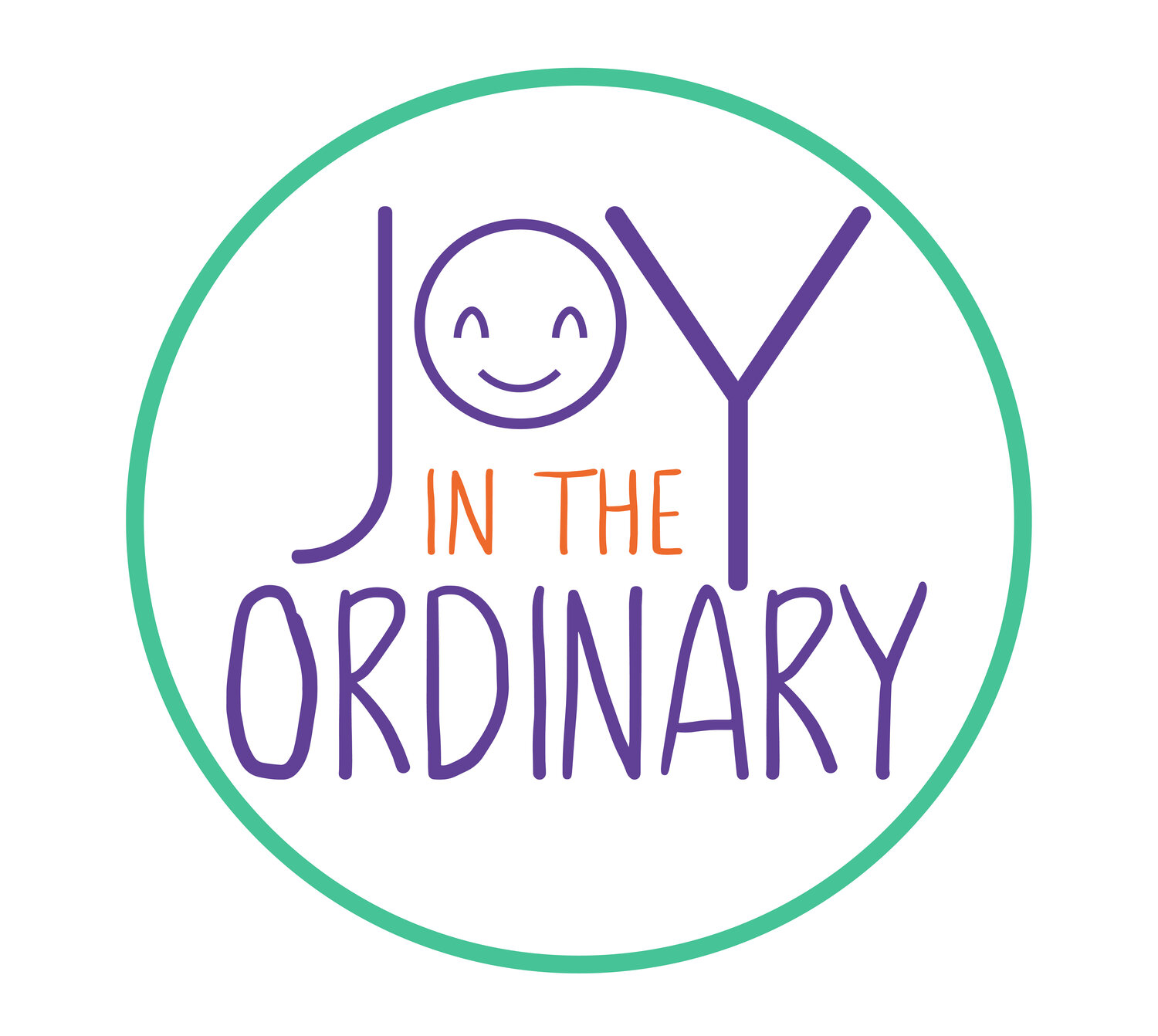Spelling That Works: Logic of English Essentials Review
Essentials Multi-Level Reading, Spelling, Grammar & Vocabulary provides direct and detailed instruction. The program includes the teacher’s guide, student workbook, student journal, grammar flash cards, spelling rule flash cards, phonogram game cards, morpheme flash cards, phonogram game times, phonogram flash cards, and spelling analysis card. We also needed to have a notebook, colored pencils, index cards, a whiteboard and dry erase markers.
Before starting the program, I really had to sit with the teacher’s guide. Since I rarely use teacher’s guides to teach, this was something new for me. The instructions are clearly written, but I found that I needed to practice before sitting with my daughter to complete the first lesson. Essentials has specific steps which makes the program successful. After doing my test runs, my daughter took the placement test. She placed was placed in Level B. The program covers three levels. There are ten pre-lessons before jumping into the program. We didn’t complete the pre-lessons instead we started with Lesson 1.
There are 15 lessons, and each lesson follows the same format. The lessons are broken into five days.
Day one focuses on the essential concepts and is the longest day of the week. On day one, the learner reviews phonogram sounds while being introduced to new phonograms. I had no idea my daughter didn’t know the sound that “x” makes. She reads words with the sound, but isolating the sound was difficult for her. She was happy to add this to her knowledge bank. This discovery reminded me how easy it is to think the girls know something when they really do not. I am trying to be more conscious of this. Day one also is when new spelling rules are introduced.
Day two focuses on building words. The lesson begins by reviewing previous learned material. The review usually happens through games and using the game tiles to spell. This is also the day when new words are adding to the spelling journal. The words which are added to the journal have the same sounds even if the sounds are not spelled the same. This helps the learner differentiate between which sounds should be used when such as /oi/ is used in the middle of the word and /oy/ is used at the end of a word. We also learned the words for the week on day two. My daughter would write the 15 words for list two in her student workbook.
Day three focuses on using words in context. Just like day two, day three begins with review which usually includes dictating the phonograms, reviewing the spelling rules, and playing a game. Day three also includes the week’s grammar lesson. The lesson uses the spelling list from the previous day. My daughter marks and labels the nouns, adjectives, and verbs in the spelling list for the week. She then changes the nouns to plural form if applicable, and the verbs to past tense. Each week includes a new grammar concept such as adding commas in a series. The lesson ends with dictating short phrases which includes the new grammar concept.
Day four begins with review, and focuses on words in action. Vocabulary is the highlight of day four. This is where prefixes, suffixes, and root words are introduced and discussed. Each level has its own vocabulary lessons. The lesson ends with more dictation. This is also where the reading lessons would take place, but we did not use this part of the program.
Day five is all about checking understanding. We review the grammar rules, and complete the Check Your Understanding section of the workbook. This section review all components of the week’s lessons including phonograms new and old, grammar, sorting the sounds for instance grouping the consonants, multi-letter vowels, and R-controlled vowels, identifying which words follow a specific spelling rule, and dictation.








